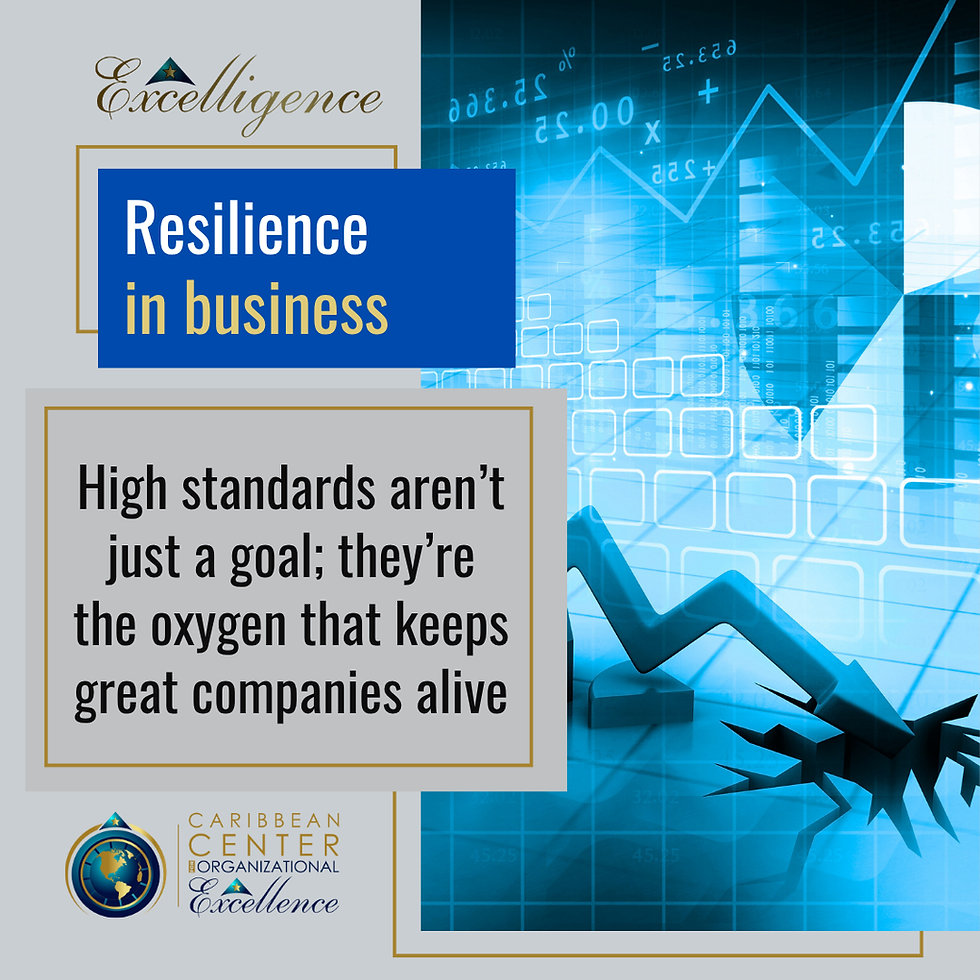When the Pace of Change Outruns the Plan
- Jerry DaC Blenman

- Oct 28
- 3 min read

Introduction
For decades, organizations have relied on structured, multi-year strategic planning cycles, spanning three to five years, to chart their course. These plans have typically been designed for environments where change was gradual, predictable, and largely controllable. The rulebook has, however, been rewritten.
Technological leaps, geopolitical shifts, and changing customer expectations are now unfolding faster than traditional planning processes can absorb. The result? Plans that are outdated before they’re fully implemented, and organizations that spend more time catching up than moving forward.
The Problem - Change Has Changed
The challenge isn’t that planning is poor or no longer works, it’s that the world is now moving faster than our plans. In effect, the relatively linear path that change followed in the past, driven by market shifts, competition, or evolving customer preferences, is now the subject of exponential, multidimensional change. That’s right, change has been changing change.
Of necessity, organizations must therefore be prepared to move away from static, document-driven plans toward an adaptive strategic planning framework or, otherwise said, a living system of continuous review, feedback, and recalibration.
3 Frameworks for Navigating Rapid Change & Driving Effective Planning
The following are three frameworks for consideration that can be of immense value in driving this new planning imperative amid rapid change.
1. Adaptive Strategy Framework
The Adaptive Planning Framework (sometimes referred to as Adaptive Strategy, Continuous Strategy, or Dynamic Strategy) has been the subject of wide study and development across several influential schools of thought on strategic management, systems thinking, and agile disciplines. (A list of some of these are given at the appendix for further reference)
Premised on the need to replace traditional annual planning cycles with continuous review loops, its key elements strongly promote the value of:
Rolling strategic horizons (e.g., 12–18 months instead of 3–5 years)
Quarterly recalibration sessions based on real-time intelligence
Scenario-based planning to test resilience against multiple futures
Feedback loops linking front-line insights with executive decisions
Clearly, adaptive strategy recognizes that the future is dynamic and so too should planning that pivots on constant sensing, rapid iteration, and rolling strategic horizons instead of fixed multi-year plans.
2. The OODA Loop (Observe–Orient–Decide–Act)
Originally developed by U.S. Air Force strategist John Boyd, the OODA Loop is highly applicable to organizational agility. Of particular emphasis in this framework are the following principles:
Observe - Continuously monitor the environment for new signals and data.
Orient - Contextualize information to understand implications.
Decide - Make informed, timely choices.
Act - Execute swiftly and learn from outcomes.
In practice, the loop repeats continuously, enabling faster decision cycles and preventing organizations from becoming trapped by outdated assumptions.
3. VUCA & BANI Mindsets
The VUCA (Volatile, Uncertain, Complex, Ambiguous) framework is designed to help organizations conceptualize a turbulent world, while the BANI model (Brittle, Anxious, Nonlinear, Incomprehensible) adds a layer of realism to the human and systemic strain of accelerated change. My colleague Alison S D Beckles gave a great overview of these in one of our recent Dialog for Development (d4d) media sessions, hosted by the Caribbean Center for Organizational Excellence.
In a VUCA-BANI world, leadership is no longer about commanding certainty but cultivating clarity, composure, and capacity to adapt when the map no longer matches the terrain. In effect, they posit the view that the world’s volatility and fragility cannot be controlled, and should be navigated through agility, resilience, and adaptive intelligence
Conclusion - Planning for the Unplannable
These and other models remind leaders that the response to uncertainty is not control, but resilience and adaptability and that the way forward is not to plan less, but to plan differently with agility, foresight, and learning at the core.
Unquestionably, organizations that thrive in the future will be those that embed adaptability into their culture, processes, and leadership mindset to ensure they can navigate and even harness the accelerating pace of change.
Reference Note:
Some papers that articulate the value of the Adaptive Strategy Framework.
Teece, D. J., Pisano, G., & Shuen, A. (1997). Dynamic Capabilities and Strategic Management. Strategic Management Journal, 18(7), 509–533.
Wack, P. (1985). Scenarios: Uncharted Waters Ahead. Harvard Business Review.
De Geus, A. (1997). The Living Company. Harvard Business School Press.
Agile Manifesto (2001) and Lean Thinking (Womack & Jones, 1996).
McKinsey & Company – “Strategy Under Uncertainty” (Courtney, Kirkland & Viguerie, 1997) and “The Adaptive Organization” (2020s series).
Boston Consulting Group (BCG) – “Adaptive Advantage” and “Competing on the Rate of Learning.”
Harvard Business Review – Martin Reeves & Kevin Whitaker (2020), “The Biology of Corporate Survival.”







Comments